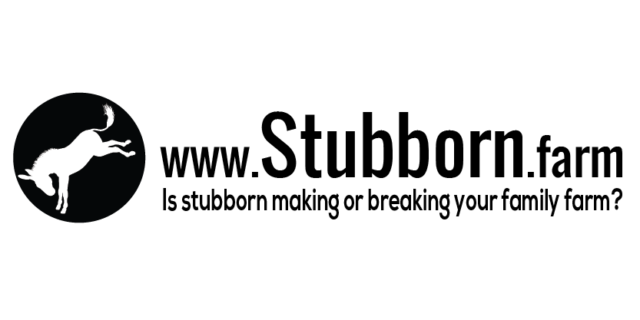The U.S. dairy genetics export market showed a little more consistency in March, according to latest trade figures released by USDA’s Foreign Ag Service (FAS).
March 2016 foreign sales of live female dairy animals were estimated at 1,059 head. It’s the first time exports have topped 1,000 head in consecutive months since April-May 2015.
Mexico was again the leading destination at 799 head, followed by Canada at 197.
Reporting delays may account for a discrepancy in the report. The March report said 38 head were sold to Pakistan. However, the agency previously featured an article on its website indicating 300 dairy heifers arrived in that country on March 2. Ellen Dougherty, with USDA FAS, said delays in filing export documents may account for the difference and will likely will show up in the April report.
Dairy embryo exports
Foreign sales of U.S. dairy embryos improved. Exports totaled 706 in March 2016, the highest monthly total since December 2015. The month’s exports were valued at $661,000.
Dairy embryos were shipped to nine countries in March. China was the leading market, purchasing 347 dairy embryos, followed by Japan at 151. India (100) was a buyer for the first time since 2012, and Vietnam (46) also purchased substantial numbers.
Gerardo Quaassdorff, DVM, sales and management consultant with TK Exports Inc., TKE Agri-Tech Services Inc., Culpeper, Virginia, said dairy cattle movement abroad remains slow.
“The strong dollar exchange rate against local currencies make us temporarily non-competitive in emerging markets in Central Europe, Asia and Far East. Buyers are postponing investment in dairy livestock production until the world supply of milk is lower and farm milk prices go up. Buyers are expecting the dairy situation might improve later in the year or early next year.”
Quaassdorff said lower-priced dairy replacements are currently available in Europe, serving as a main competitor to the U.S. for foreign markets. To a lesser degree, dairy cattle from Australia and New Zealand are also available, with more favorable exchange rates and geographical proximity to emerging markets.
Turkey looking to build beef herd
Two developments impact potential U.S. exports to Turkey.
First, the country’s Ministry of Food, Agriculture and Livestock (MinFAL) let an agreement covering imports of U.S. dairy products expire, temporarily suspending sales of U.S. dairy products there effective April 1.
Milk products imports amounts from the United States have varied over the years, but decreased sharply from 4,931 metric tons in 2014 to just 99 metric tons in 2015.
Negotiations on a new U.S.-Turkey veterinary certificate for dairy products are ongoing.
In contrast, Turkey’s General Directorate of Agricultural Establishments (TIGEM) launched a subsidy program to assist young farmers obtain imported cattle from about 20 countries, including those sourced from the U.S. The program targets imports of up to 50,000 head of feeder and breeding cattle and bulls.
Young farmers will not receive direct subsidies, but rather are eligible to receive feeder cattle and breeding females, up to a value of $10,620.
Along with Quaassdorff, Tony Clayton, Clayton Agri-Marketing Inc., Jefferson City, Missouri, confirmed interest for U.S. feeder cattle in Turkey. Clayton said Turkey was sending a team to the U.S. to inspect potential cattle for the program.
However, Quaassdorff noted, currency exchange rates and geographical distance make beef cattle from Australia, Uruguay and Chile more affordable.
He also identified Vietnam as a growing feeder cattle market.
Turkey’s program won’t create additional markets for U.S. female dairy cattle. Holsteins, many sourced from the U.S., already make up almost all of Turkey’s dairy herd. According to USDA data, the country imported nearly 81,000 head of U.S. female dairy replacements between 2011 and 2015, with a peak of 49,764 head in 2011.
The preferred breeds under the new subsidized program are Simmental, Brown Swiss, Charolais and Hereford, as the country strives to build populations of dual-purpose breeds. According to the program announcement, TIGEM will contract directly with livestock organizations/associations in exporting countries, without any intermediate contractor. PD

-
Dave Natzke
- Editor
- Progressive Dairyman
- Email Dave Natzke





